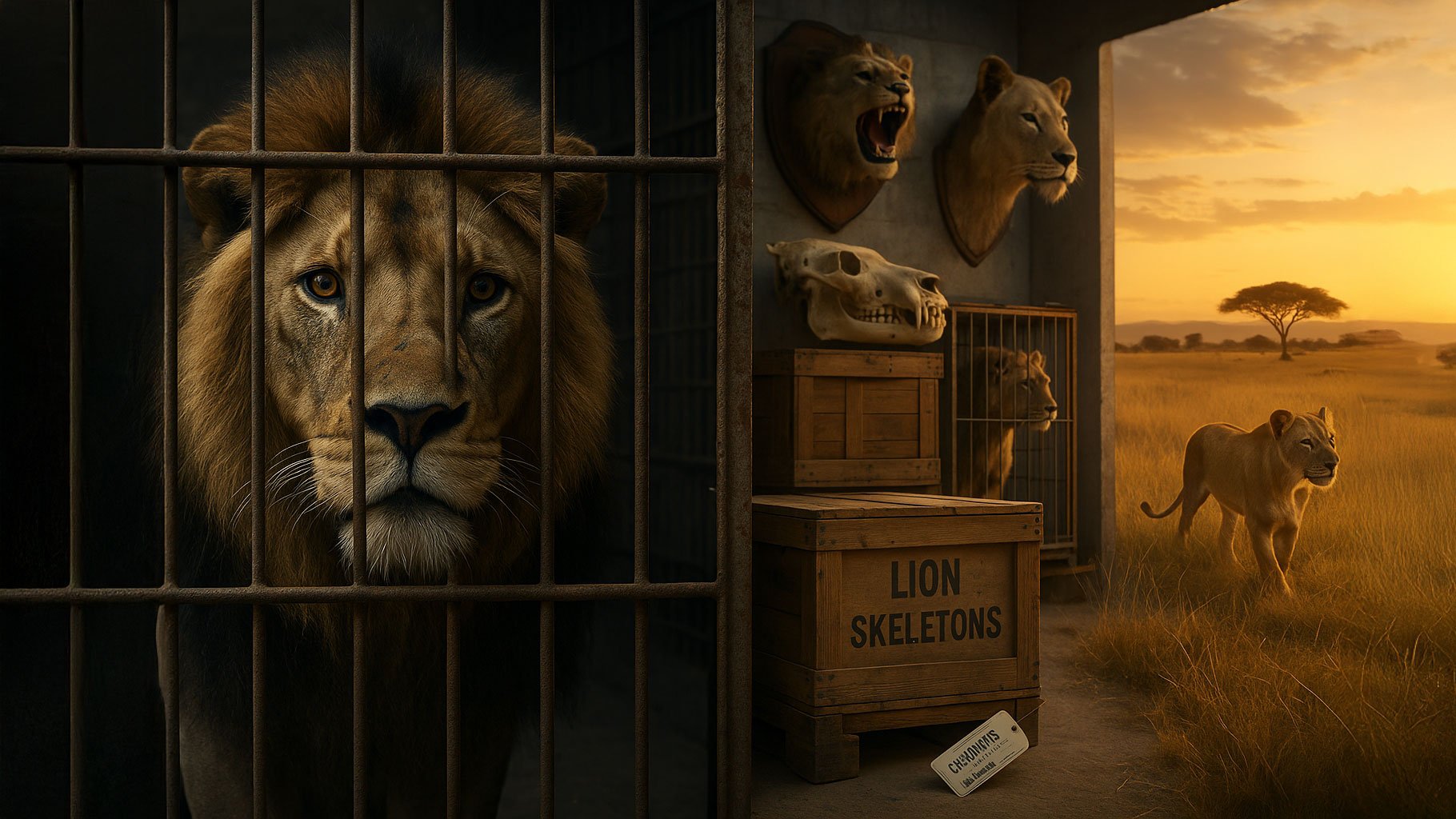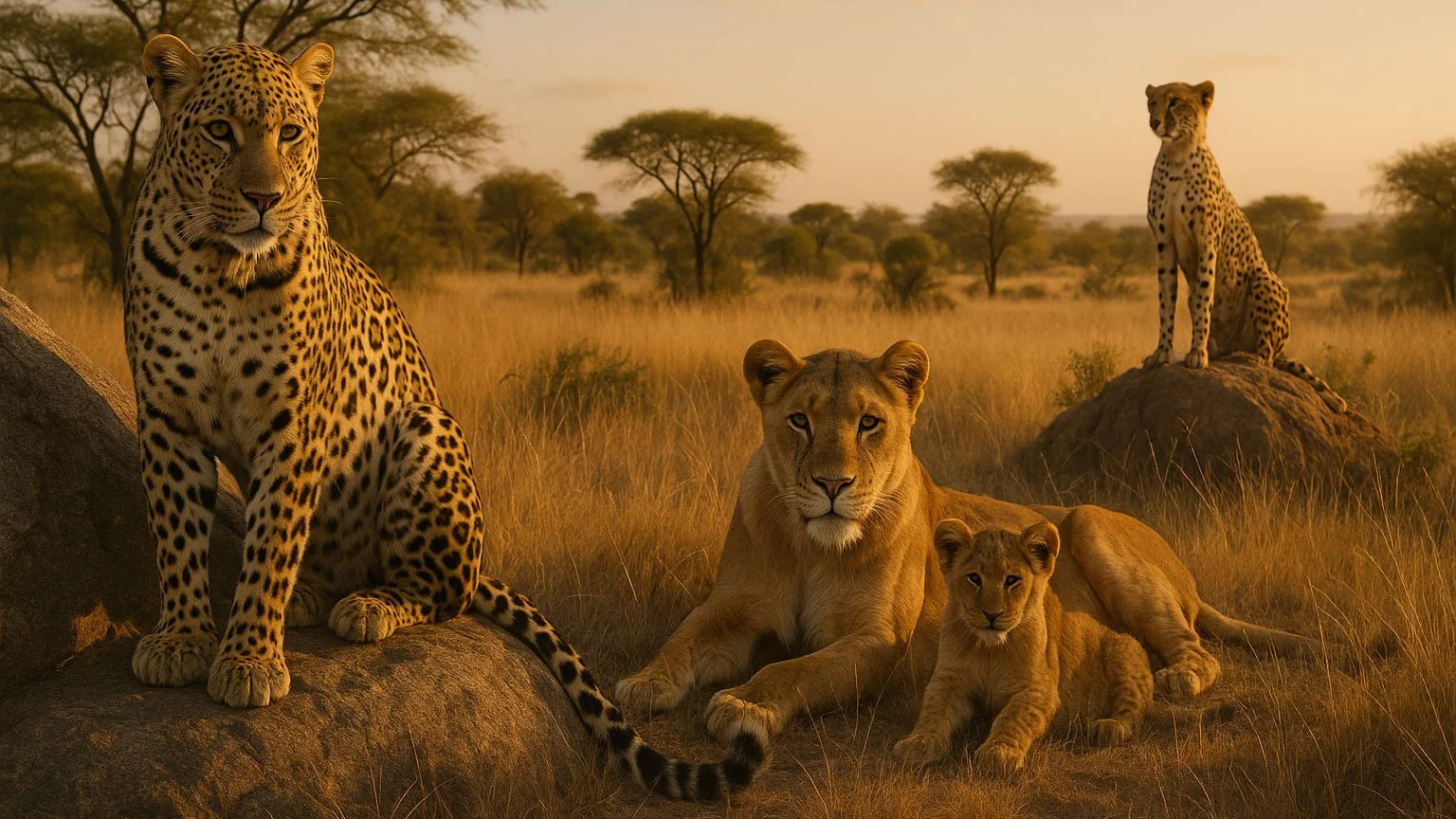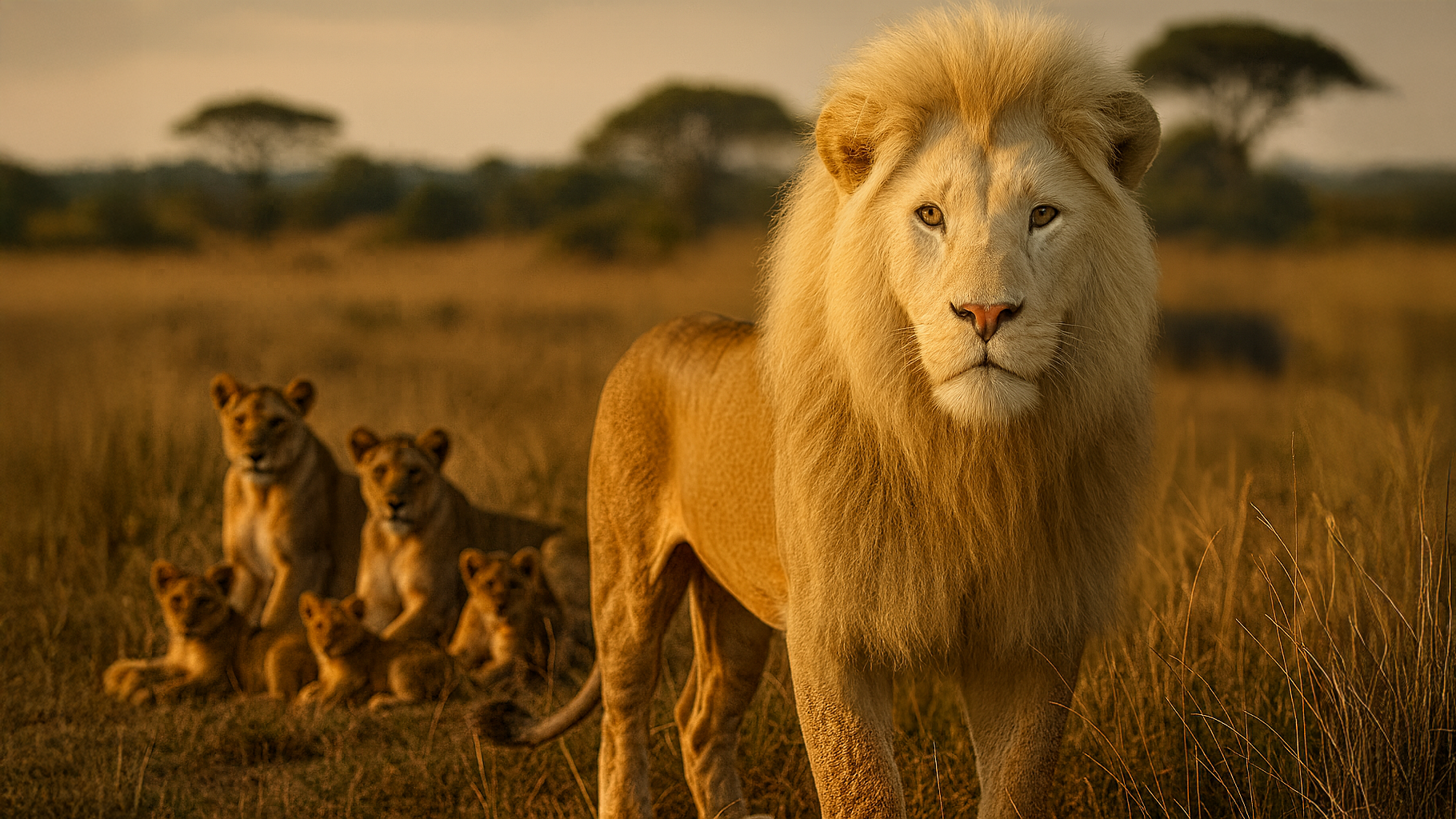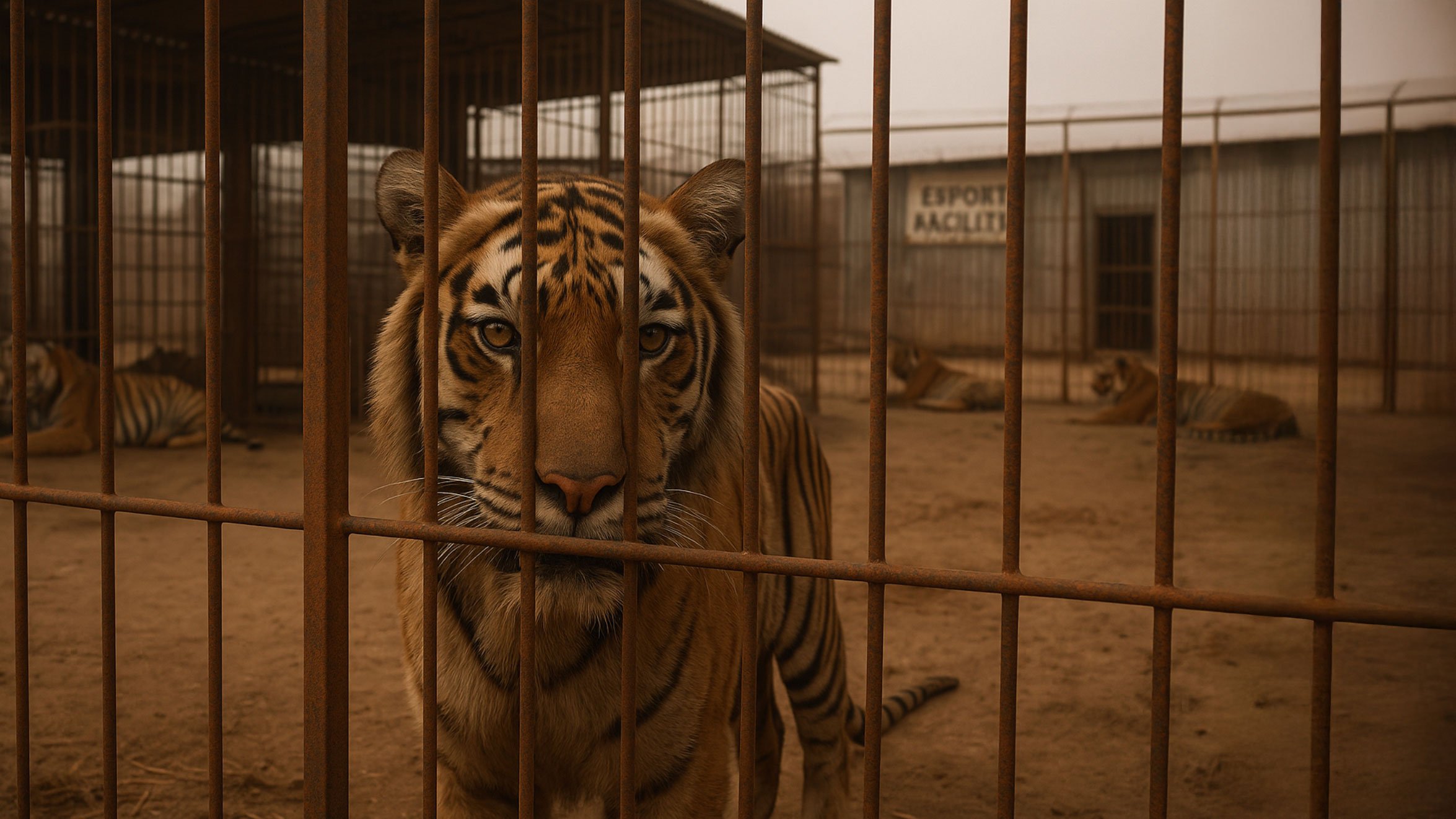Lions for Sale: The Dark Market That’s Devouring Africa’s King
In the golden grasslands of Africa, a lion’s roar once echoed as a symbol of raw, untamed freedom. But today, behind the growl lies a haunting truth: lions are being carved up, crated, and commodified in a global trade that stretches from the heart of Africa to trophy rooms and exotic pet enclosures across the world.
From majestic beasts to marketable “parts,” the king of beasts is being dethroned—one export permit at a time.
A Market Built on Suffering
According to a 2025 analysis of CITES (the Convention on International Trade in Endangered Species of Wild Fauna and Flora) data, a staggering 45,000 individual lions and lion parts were documented in international trade between 2012 and 2021. But that’s just what's on paper. Experts agree the real numbers could be far higher due to underreporting and illegal activity slipping through the cracks.
South Africa plays a shocking central role. Of the legal lion exports reported globally, nearly 90% came from South Africa. But these aren’t wild lions. Most come from lion farms—grim facilities where animals are bred, sometimes in cages no larger than a storage unit, raised not for conservation, but for bullets, bones, and bragging rights.
Captive-bred lions are often peddled to trophy hunters, who kill them in confined spaces—sometimes called "canned hunting." After the photo op, the lion's head might be mounted for display, while the skeleton is exported to Asia, feeding a market for lion bones used in traditional medicines and decorative carvings.
This commodification is wrapped in a veneer of legality. As long as there’s a CITES permit and a nod from national authorities, the trade continues—sanitized, systematized, and deeply lucrative.
Trophies, Bones, and Pet Lions
The trade is grotesquely diverse. Of the 45,000 lions in the global export data:
Nearly 25% were whole, live lions, shipped mainly to the United Arab Emirates and China, often for private zoos or exotic pet collectors.
Around 40% were lion parts, including bones, skulls, claws, and skin.
The rest were trophies—heads, shoulder mounts, or full-body displays bound for homes and hunting lodges in the U.S., Europe, and the Middle East.
And the trade isn’t just legal—it’s growing.
Despite conservation concerns, CITES continues to authorize this trade, with only minor restrictions in place. South Africa, for example, is permitted to export skeletons from captive-bred lions, while maintaining a massive farming system that treats lions more like livestock than apex predators.
A Legal Trade Fueling Illegal Markets
Perhaps most disturbing is how the legal lion trade provides cover for illegal activity. Skeletons declared as captive-bred may be laundered from wild lions. Lion parts are often difficult to distinguish from those of tigers, offering smugglers a convenient loophole.
As bones from farmed lions reach Asia, they feed demand for big cat products, sustaining a market that incentivizes poaching of wild cats across Africa and Asia. This isn't just about lions. It's about what happens when we put a price on wildlife.
The Myth of Conservation Through Commerce
Proponents of the trade argue that farming lions eases pressure on wild populations. But this narrative has been widely debunked.
There is no evidence that lion farming reduces poaching. In fact, it may increase it by normalizing the consumption of lion parts, creating a pipeline that fuels black markets and stimulates demand for the “wild” prestige of illegally sourced parts.
And as tourism shifts toward ethical, sustainable experiences, South Africa’s reputation as a conservation leader is tarnished by its lion exploitation industry.
Hope Through Action
Despite the grim statistics, change is possible—and already underway.
In 2021, South Africa’s own environment minister called for an end to captive lion breeding and lion bone trade, a sign that the tide may be turning. But policy must move faster, and global pressure must remain steady.
You can help.
Support organizations like Big Cat Rescue that fight to protect wild lions and expose the industries profiting from their decline. Speak out against trophy hunting. Educate others about the truth behind the “souvenirs” sold as tradition or sport.
Every lion deserves more than a cage, a bullet, or a customs tag. They deserve a life that roars.
🟠 Summary Call to Action:
Let’s not allow the next generation to grow up in a world where lions exist only in zoos and trophy rooms. Together, we can end the legal loopholes and raise our voices for truly wild lions. Support wildcat conservation at BigCatRescue.org and be the roar that echoes hope.
Learn more: https://news.mongabay.com/2025/05/trophies-body-parts-live-animals-dominate-global-lion-trade-data-show/











